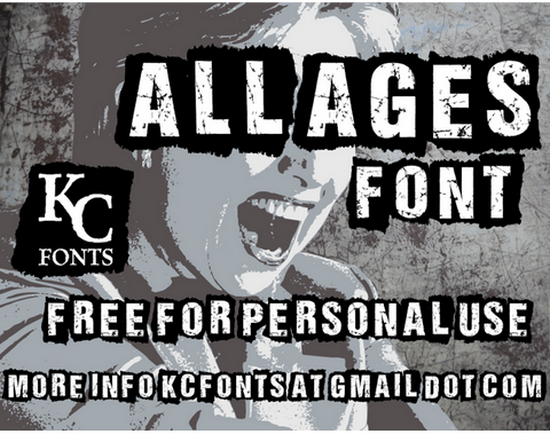 Guest posts have long been a fantastic way of boosting the SEO value of a website. The value of such a post is in the link left either in the content or in the author biography at the bottom. The link back to your website enhances your SEO value and takes you up the Google rankings.
Guest posts have long been a fantastic way of boosting the SEO value of a website. The value of such a post is in the link left either in the content or in the author biography at the bottom. The link back to your website enhances your SEO value and takes you up the Google rankings.
Once it was used en masse since the more links you had the higher you would rank. We’ve now shifted to a stage where the PageRank (PR) of a website acts as the defining factor for how valuable a guest post is.
With the shift to social media as the most important part of SEO, some question whether guest posting is about to come to an end.
What Will End?
Guest posting itself will never end. Websites always need quality content to share via social media. And they need the talented writers to do it. What it will end is this focus on quantity over quality. Sites will no longer see it necessary to post hundreds of guest posts on low quality websites, and thus creating link neighbourhoods.
Blogs with high PRs will suddenly become more valuable and webmasters will have to become pickier over what they publish. The value of a guest post will actually go up.
The Social Media Link
Guest posting has a direct link to social media. To entice people to interact with you on Facebook and Twitter you need to trigger the interaction. A guest post can create debate and an emotional reaction. This is what sparks popularity on these platforms. They go hand-in-hand.
There are only so many times you can repeat the same things on your website. And the same goes for everybody else.
To freshen things up a website might bring in a guest blogger to add their opinions and style of writing. It’s an attraction in itself. It’s like a newspaper asking a celebrity to write a column in favour of using one of their regular writers.
What about Guest Posting Websites?
Guest posting websites which host nothing but guest posts will suffer. Google expects you to have a certain proportion of unique content. If you have nothing but a selection of guest posts this makes your website a directory. It doesn’t actually offer anything on its own. Google partially rates a website based on what it would look like if you stripped everything away and left just your original content.
You should aim to have at least 75 per cent of original content on your website. This doesn’t apply to getting other writers to produce content. It applies to posts where a link points to another website for SEO purposes.
Bigger than Ever
In fact, guest posting is likely to become bigger than ever before. Since everyone demands higher quality content the writers who can’t produce such content will gradually fade away. The focus will be on skilled writers who can capture an audience. It makes it even more important to make connections with professionals who know the rules of proper guest posting.
Our guest post was contributed by Kenneth Adams. He is an avid blogger who shares his knowledge about blogging and SEO through his articles. He says that he finds Adelaide SEO a great source of information on SEO and blogging techniques.





 Lesser Known Positions in Web Design
Lesser Known Positions in Web Design

